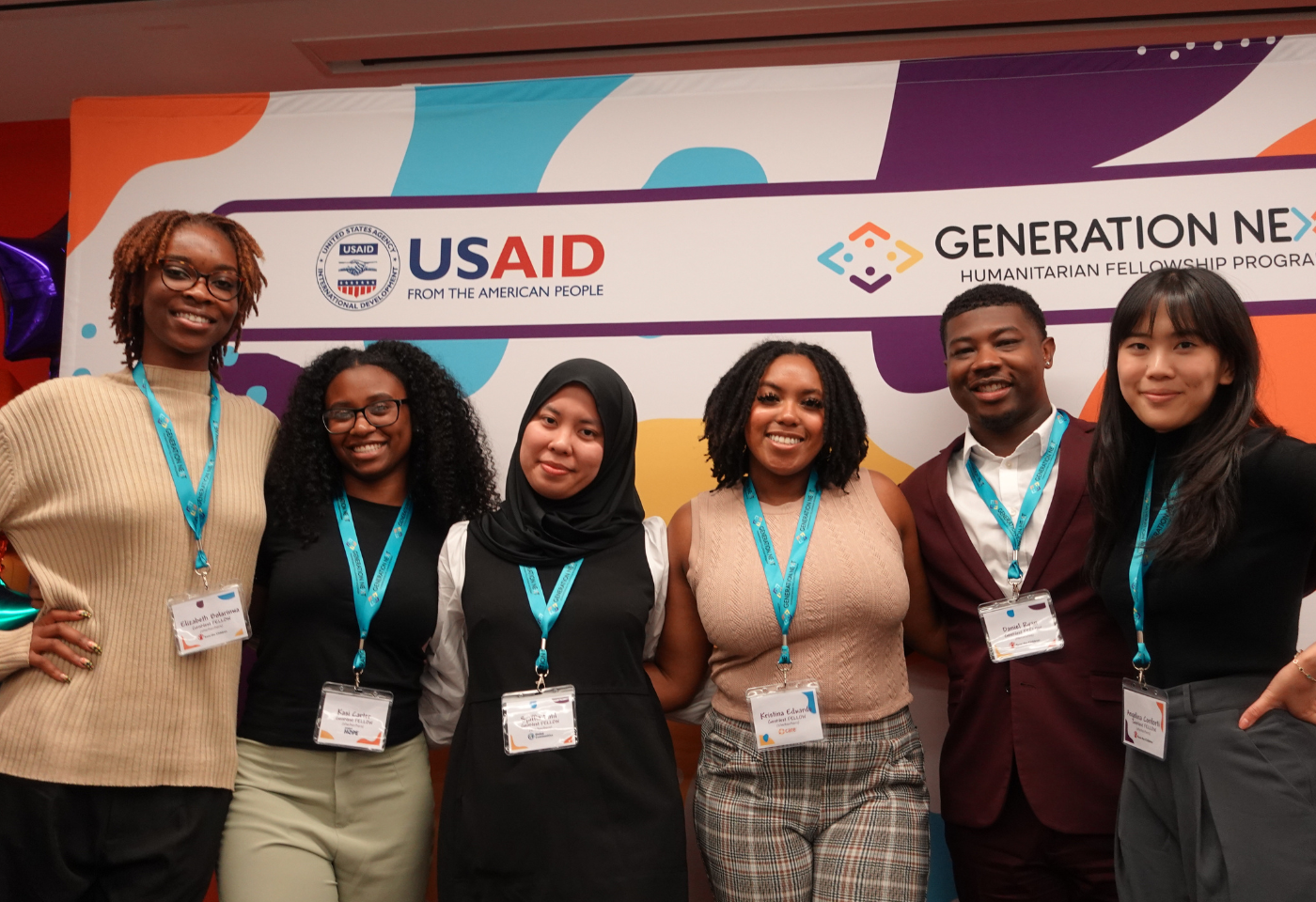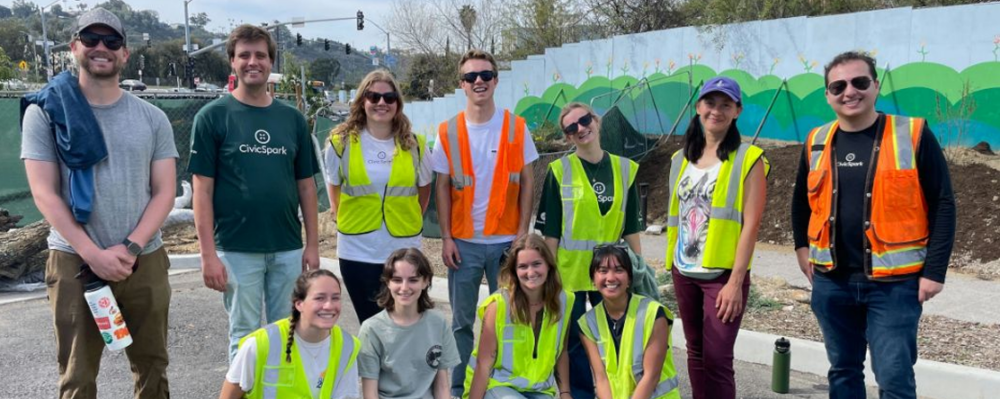
In the News
Op-Ed: How PHI’s Healthy Places Index and Other Tools Can Increasingly Diversify San Diego’s Art Scene
- The San Diego Tribune
-
Focus Areas
Healthy Communities -
Issues
Community Development -
Programs
Public Health Alliance of Southern California
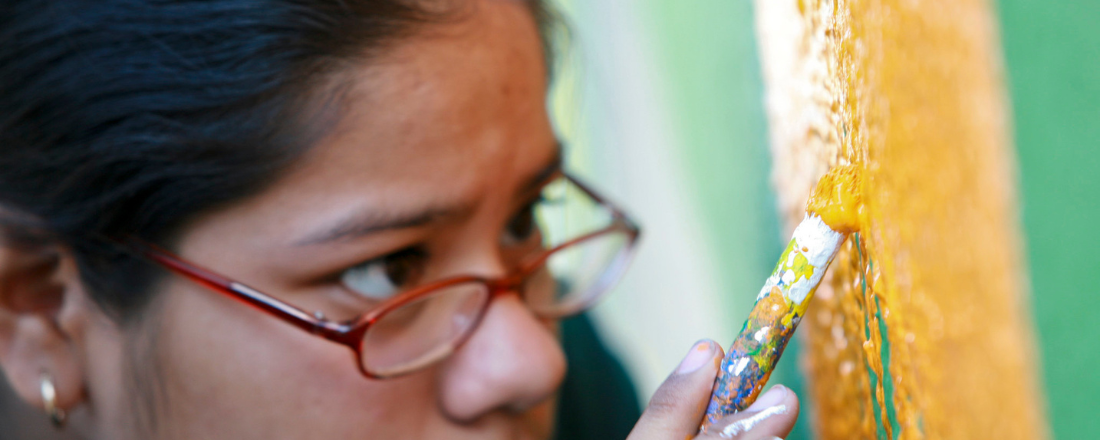
The following op-ed was written by Leah Goodwin, who is the owner of Leah Goodwin Creations, an art consultant, cultural practitioner, published poet and newly appointed member of the California Arts Council.
“What else can we do to create a truly vibrant, diverse and inclusive arts environment in a future San Diego?
Does diversity, equity and inclusion really exist in the San Diego arts landscape? I often ask myself this question. The easy answer is that diversity in the arts in San Diego has progressed over the last two decades, thanks to the efforts of many, but there is still a long way to go. The real question is, what else can we do to create a truly vibrant, diverse and inclusive arts environment in a future San Diego?
I share this message as a lifelong cultural practitioner, one of the few African American women in this field, and as a current member of the California Arts Council, though all opinions expressed here are mine alone.
For starters, arts funding policies need to change to be inclusive and level the socioeconomic disparities in the arts. The good news is that these days there are more programs and funds geared towards inclusion. Examples include the Cultural Pathways program at the California Arts Council and SDCARES at the city of San Diego’s Commission for Arts and Culture. The sad news is that innovative programs earmarking funds for Black, Indigenous, people of color or African American, Latino American, Asian American and Native American artists have had their funding shut down due to pressure around Proposition 209.
Proposition 209, approved in November 1996 and ironically also known as the California Civil Rights Initiative, amended the state Constitution to prohibit governmental institutions from considering race, sex or ethnicity, specifically in the areas of public employment, public contracting and public education. So the argument goes, funds designated for the arts that are from public sources cannot be earmarked for Black, Indigenous, people of color or African American, Latino American, Asian American and Native American artists.
To their credit, many arts organizations have looked inward, created racial equity statements and examined policies and practices that by their nature excluded smaller or newer organizations from participating. They have adopted new policies that don’t require small organizations to have auditors, require matching funds and allow them to use a fiscal sponsor if they do not yet have a 501(c)(3) status.
Allowing fiscal sponsors and partnerships is one solution. Finding new ways to look at the disparity in the light of the COVID-19 pandemic is another, using a tool called the Healthy Places Index.”
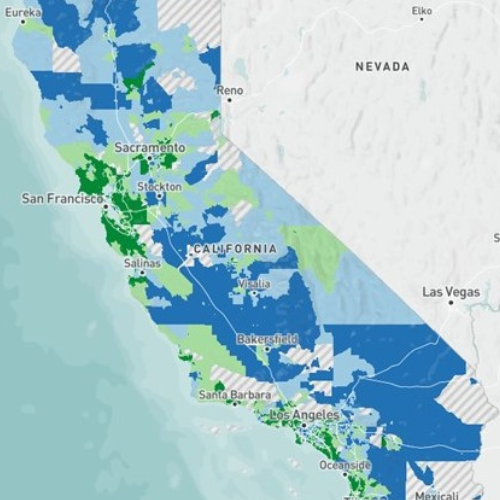
"A project of the Public Health Alliance of Southern California, the Healthy Places Index is a powerful and easy-to-use data and policy platform created to advance health equity through open and accessible data. Community leaders, policymakers, academics and other stakeholders use the Healthy Places Index to compare the health and well-being of communities, identify health inequities and propose policy or program remedies. Such a data-driven disparity analysis is also useful in the arts funding arena."
To read the full article, click on the link below.
Originally published by The San Diego Tribune
More Updates

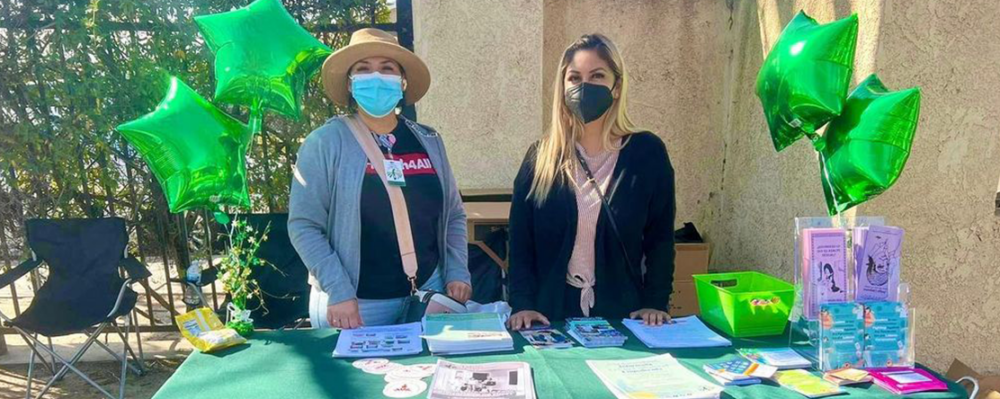
Safeguarding the Health and Wellbeing of Agricultural Workers in Monterey County: A 5-Year Glance at the COVID Pandemic & Lessons Learned
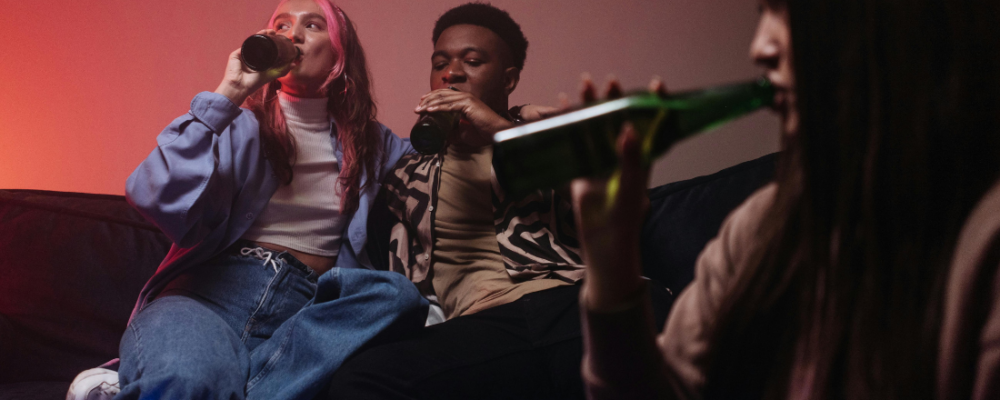
New Study Reveals Why Alcohol Use Increased During the Pandemic
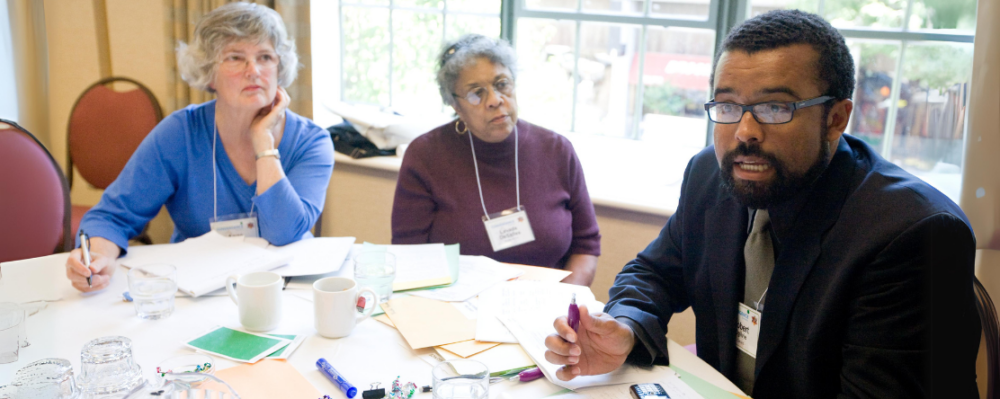
PHIL Collective: Tools, Training and Resources for Collaborative, Cross-Sector Efforts to Improve Health and Equity
Work With Us
You change the world. We do the rest. Explore fiscal sponsorship at PHI.
Support Us
Together, we can accelerate our response to public health’s most critical issues.
Find Employment
Begin your career at the Public Health Institute.
